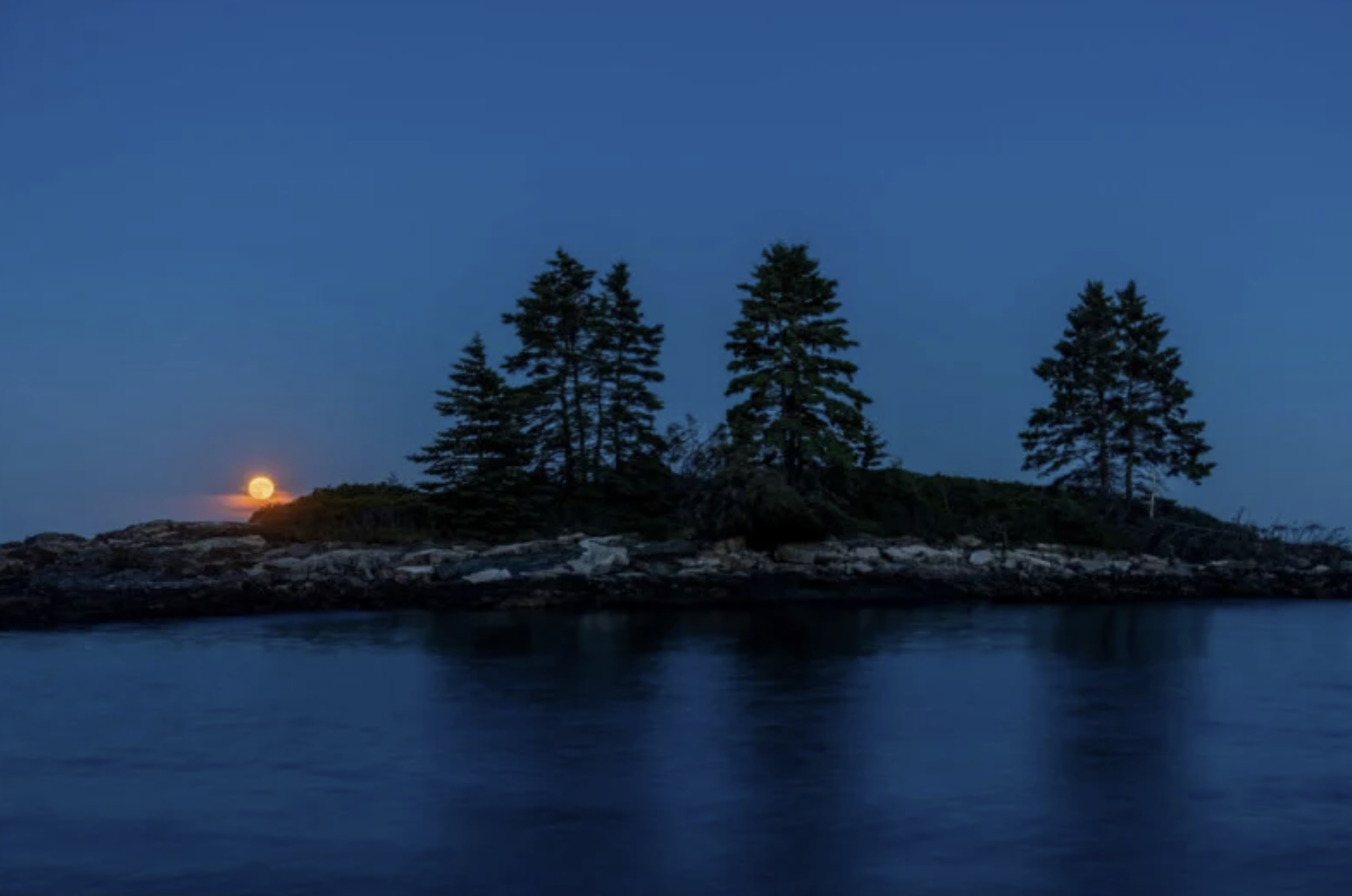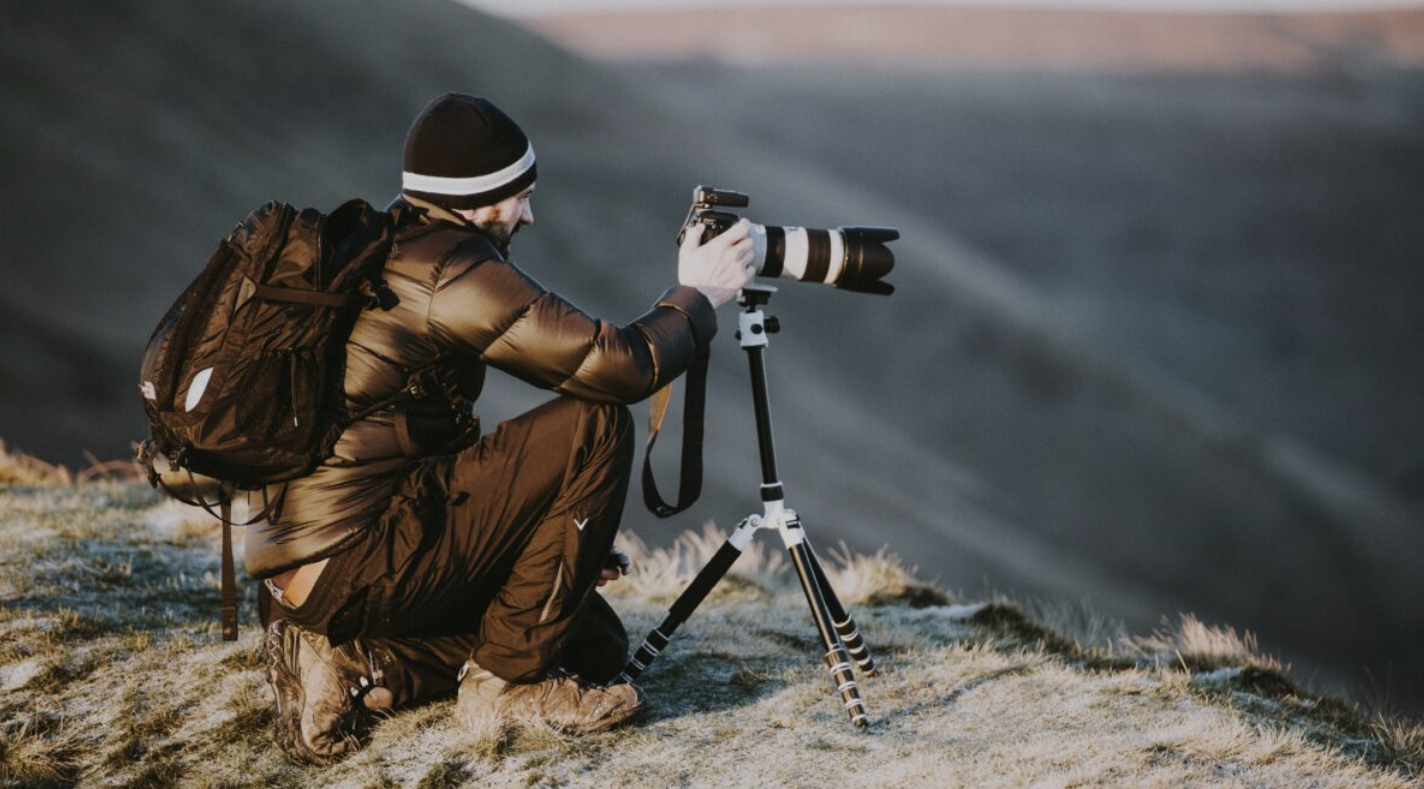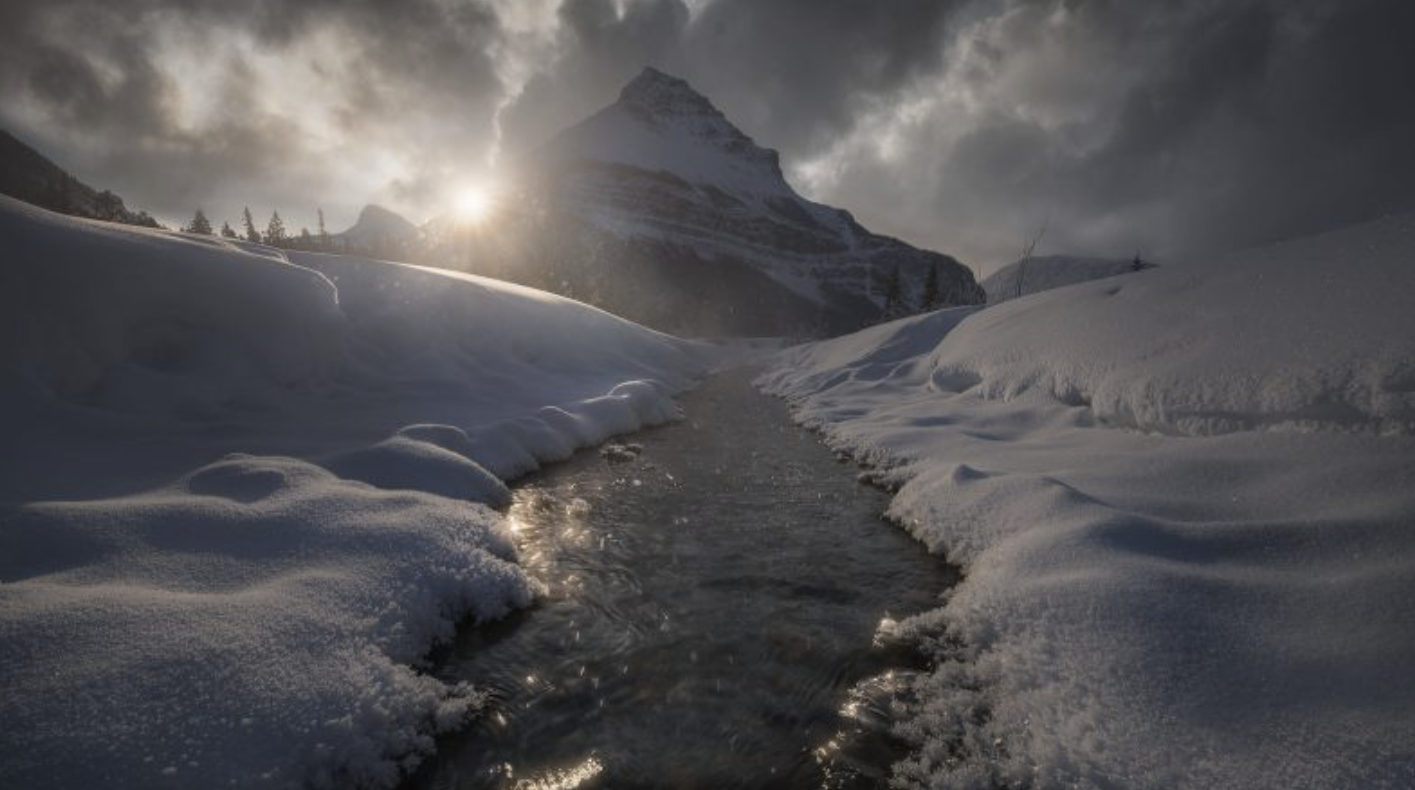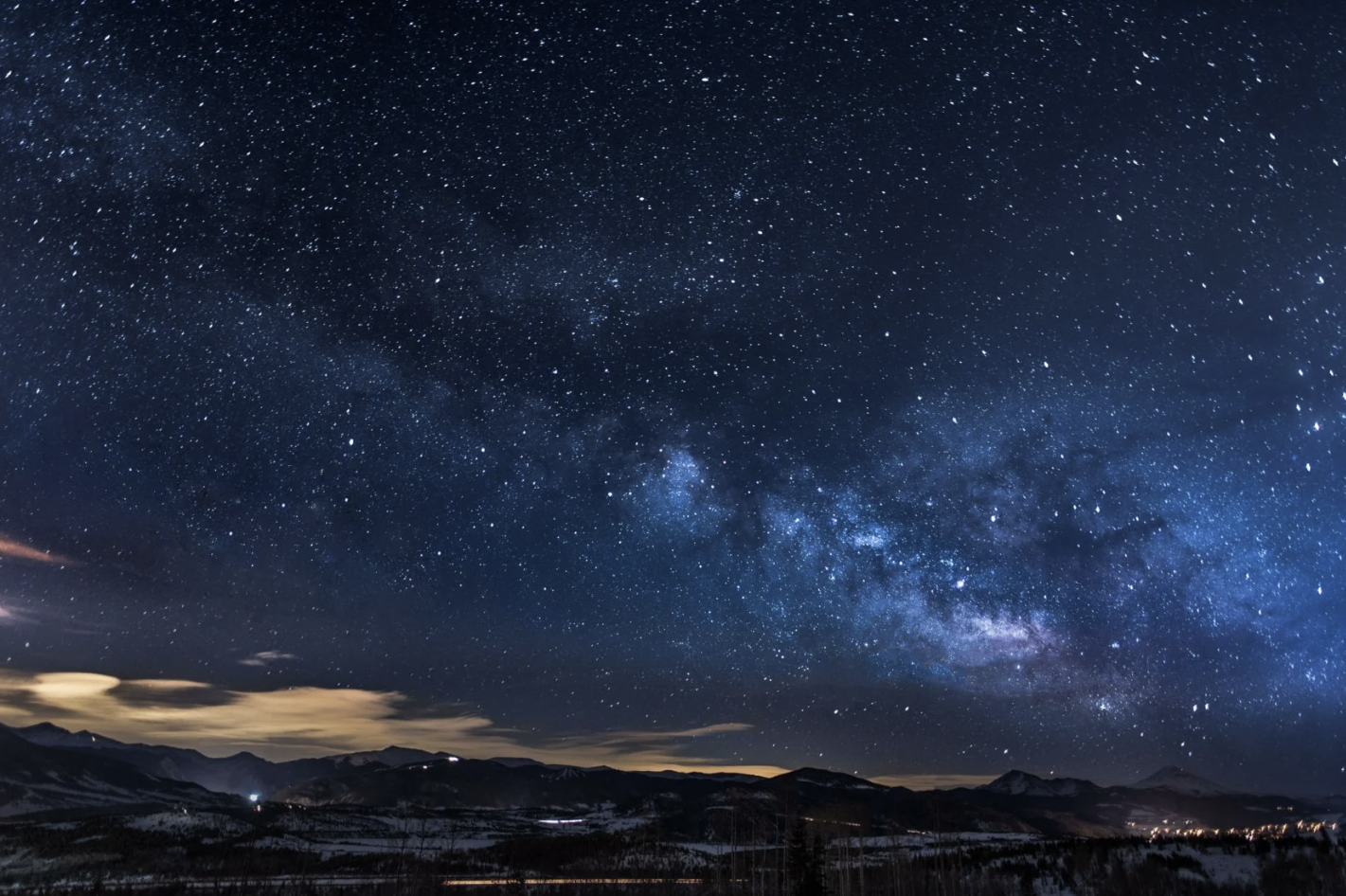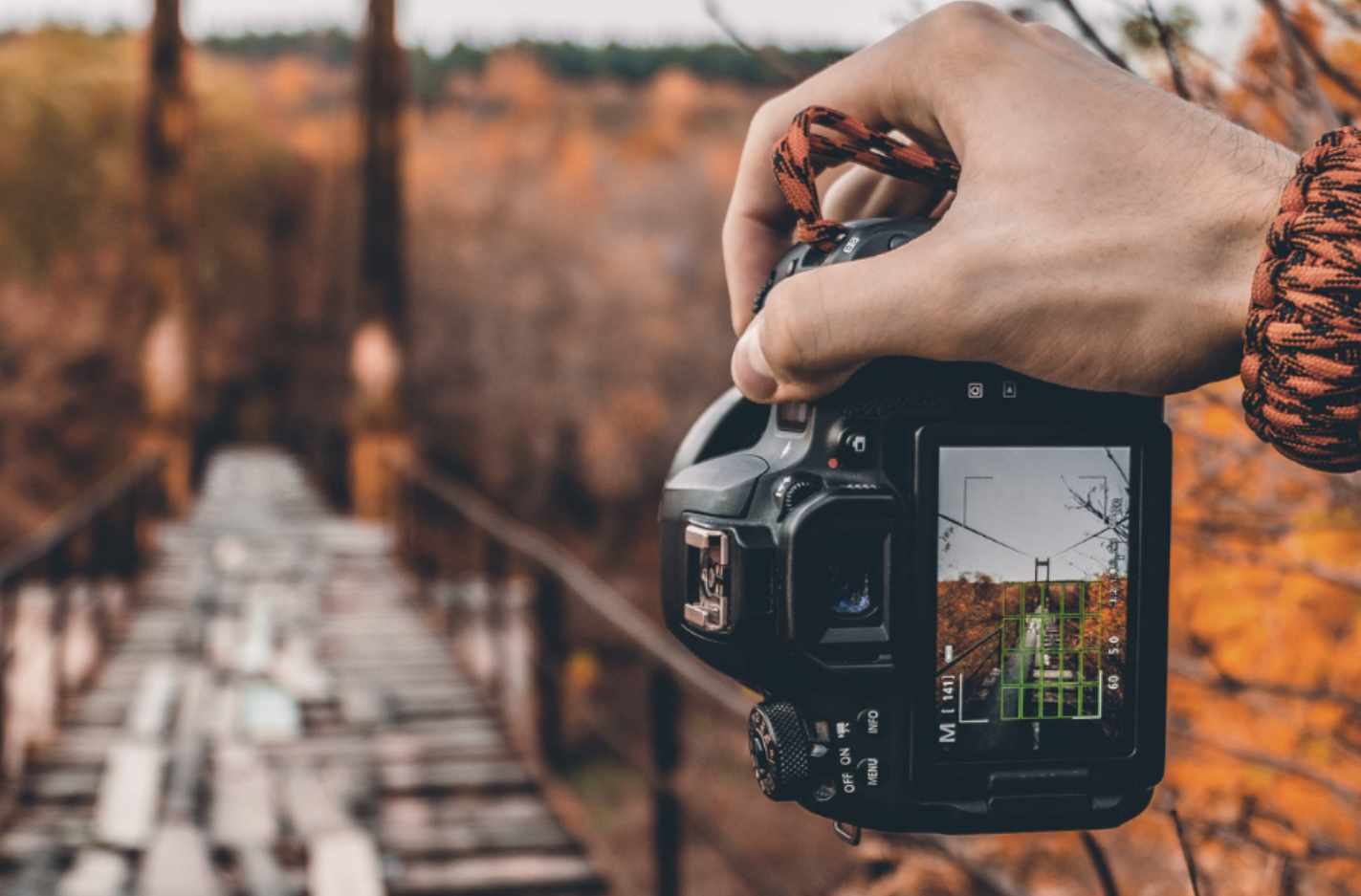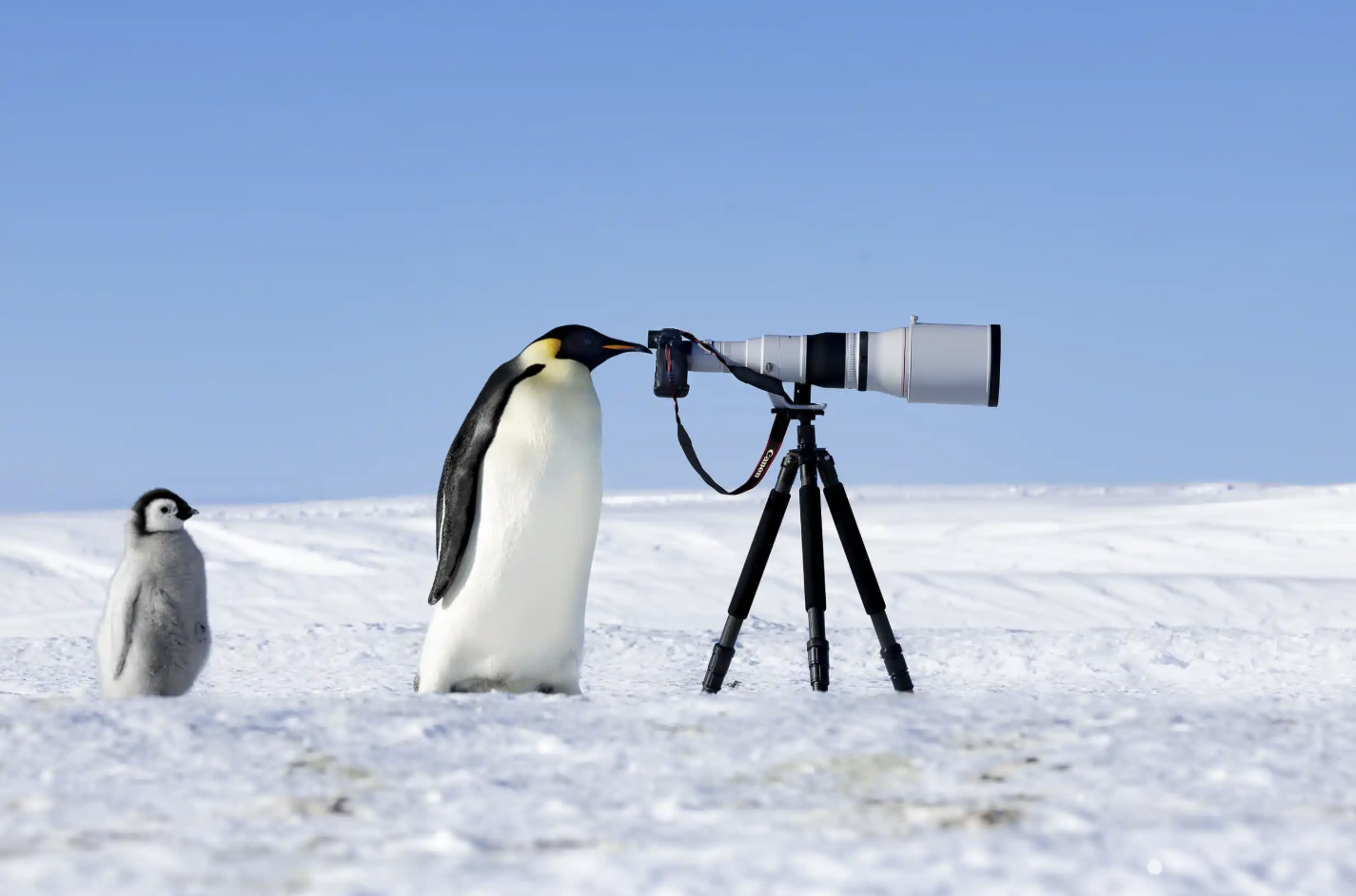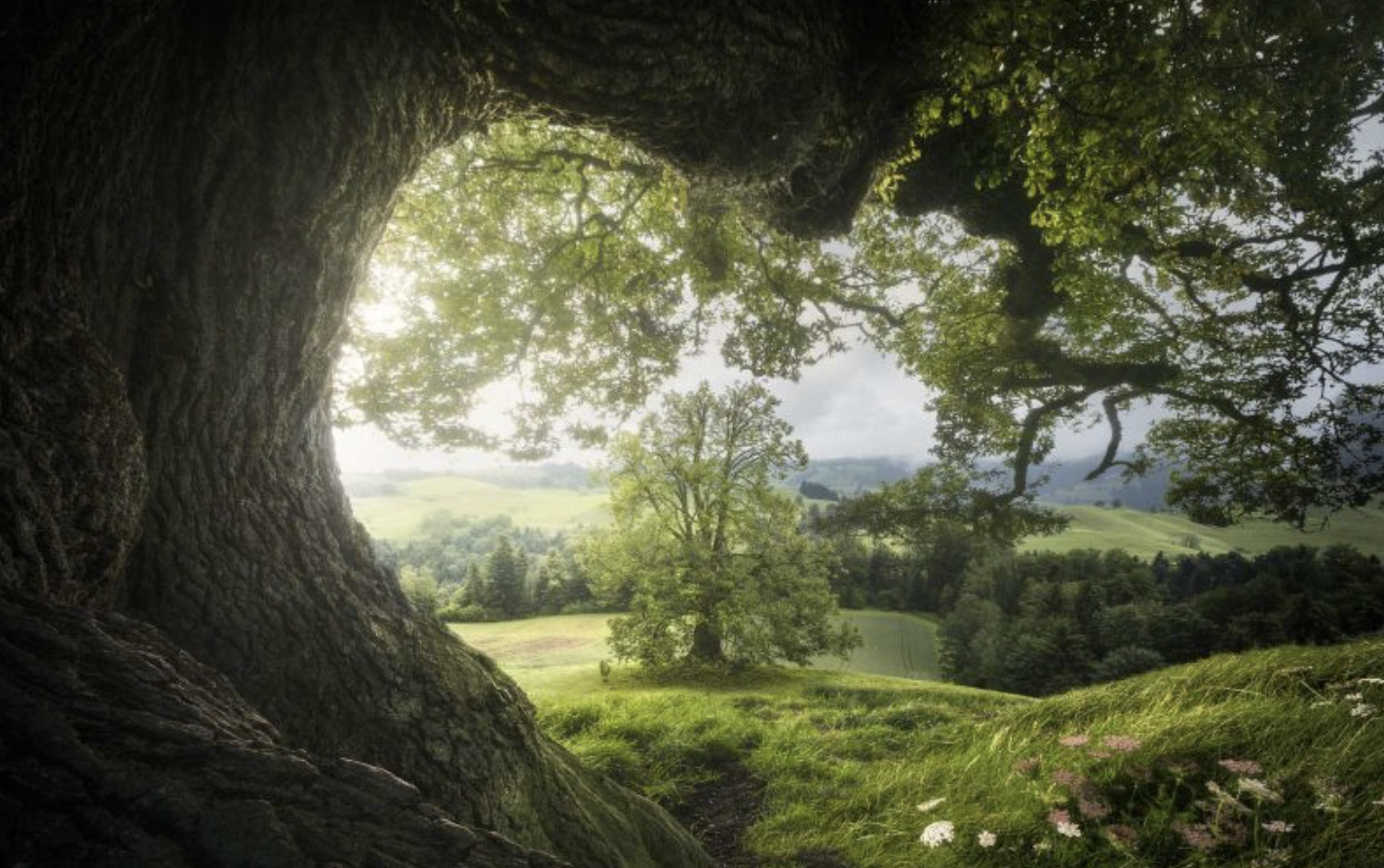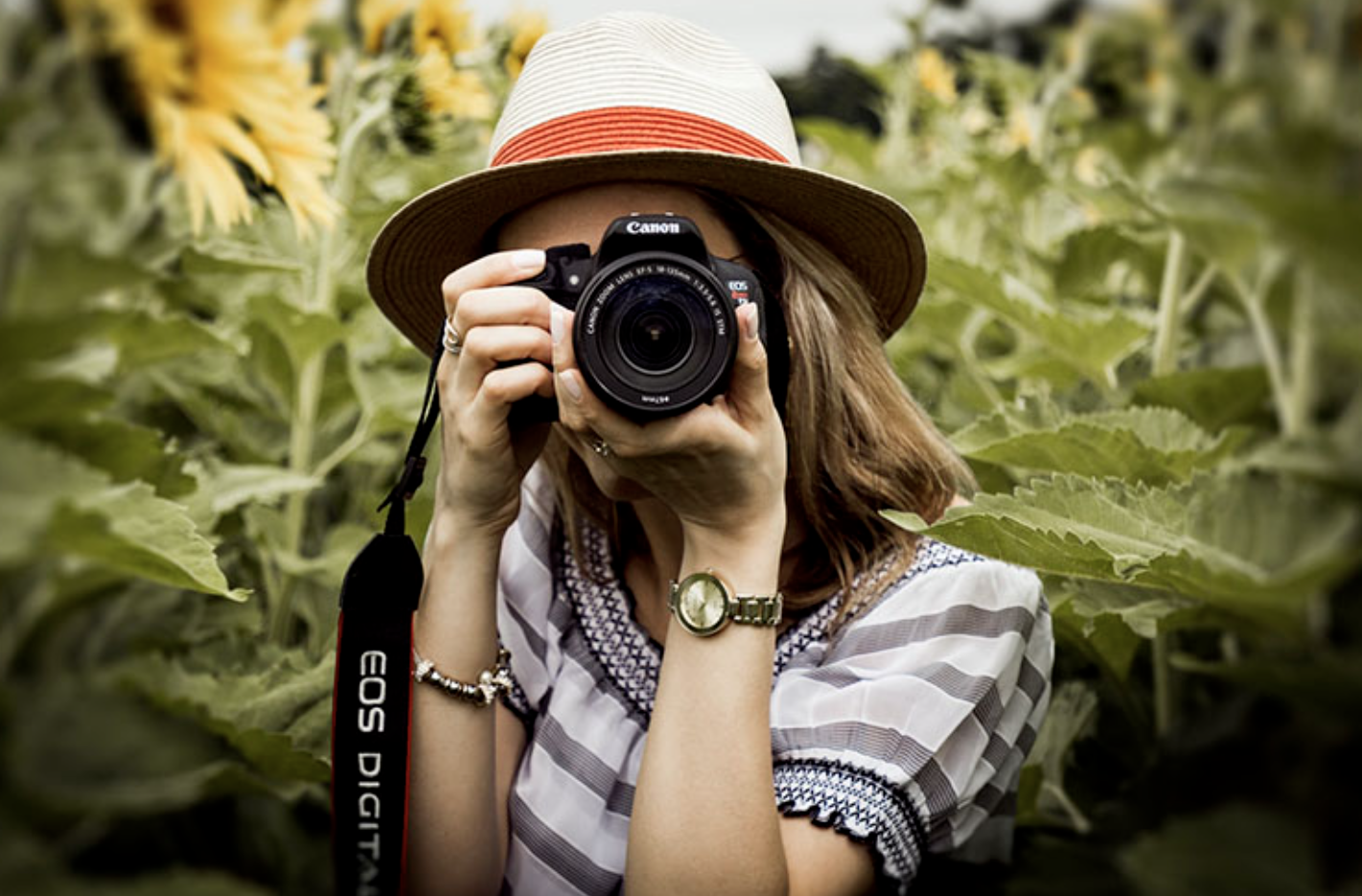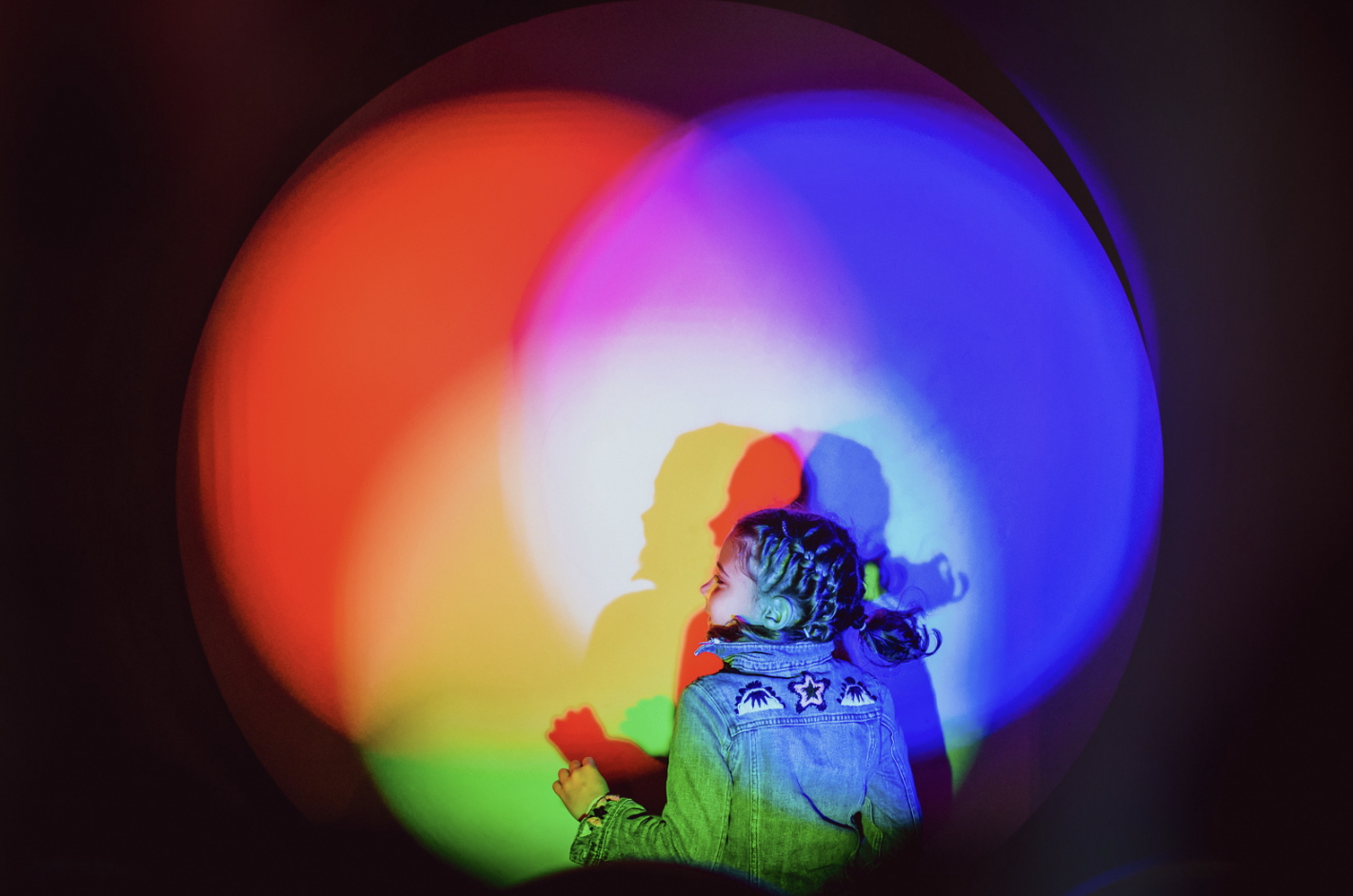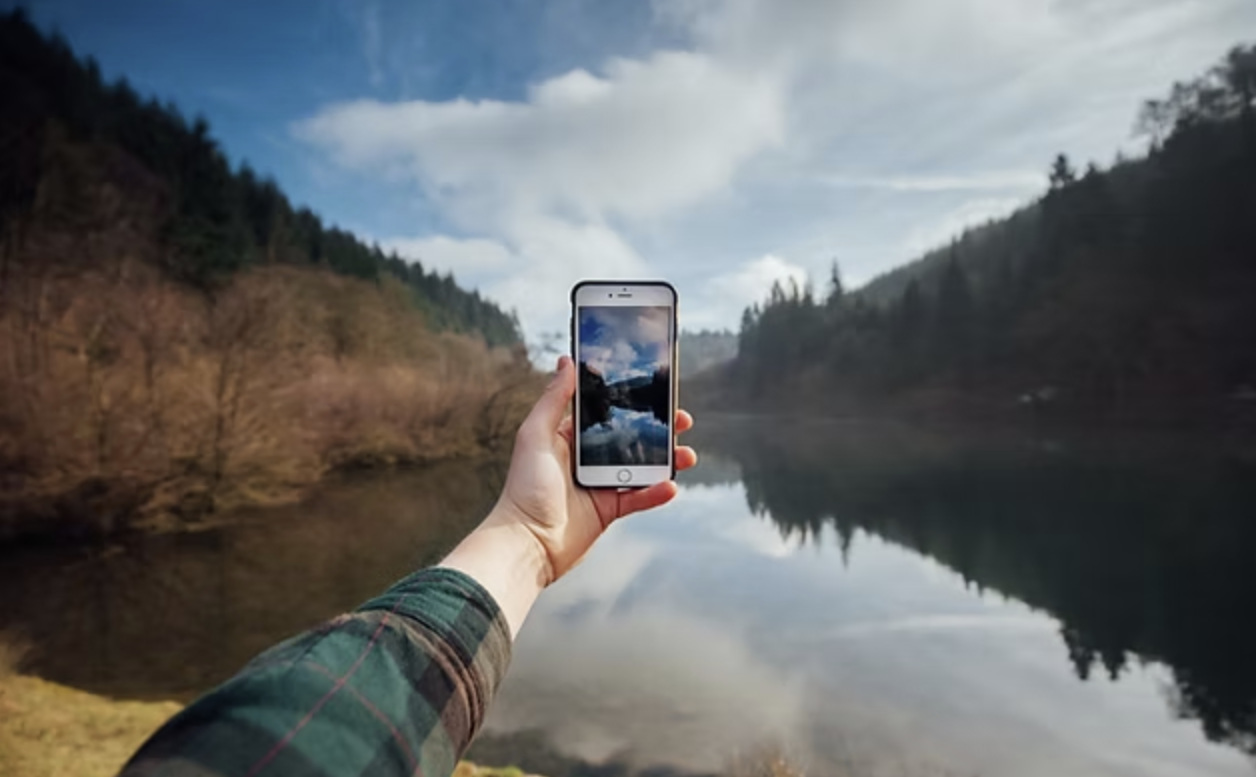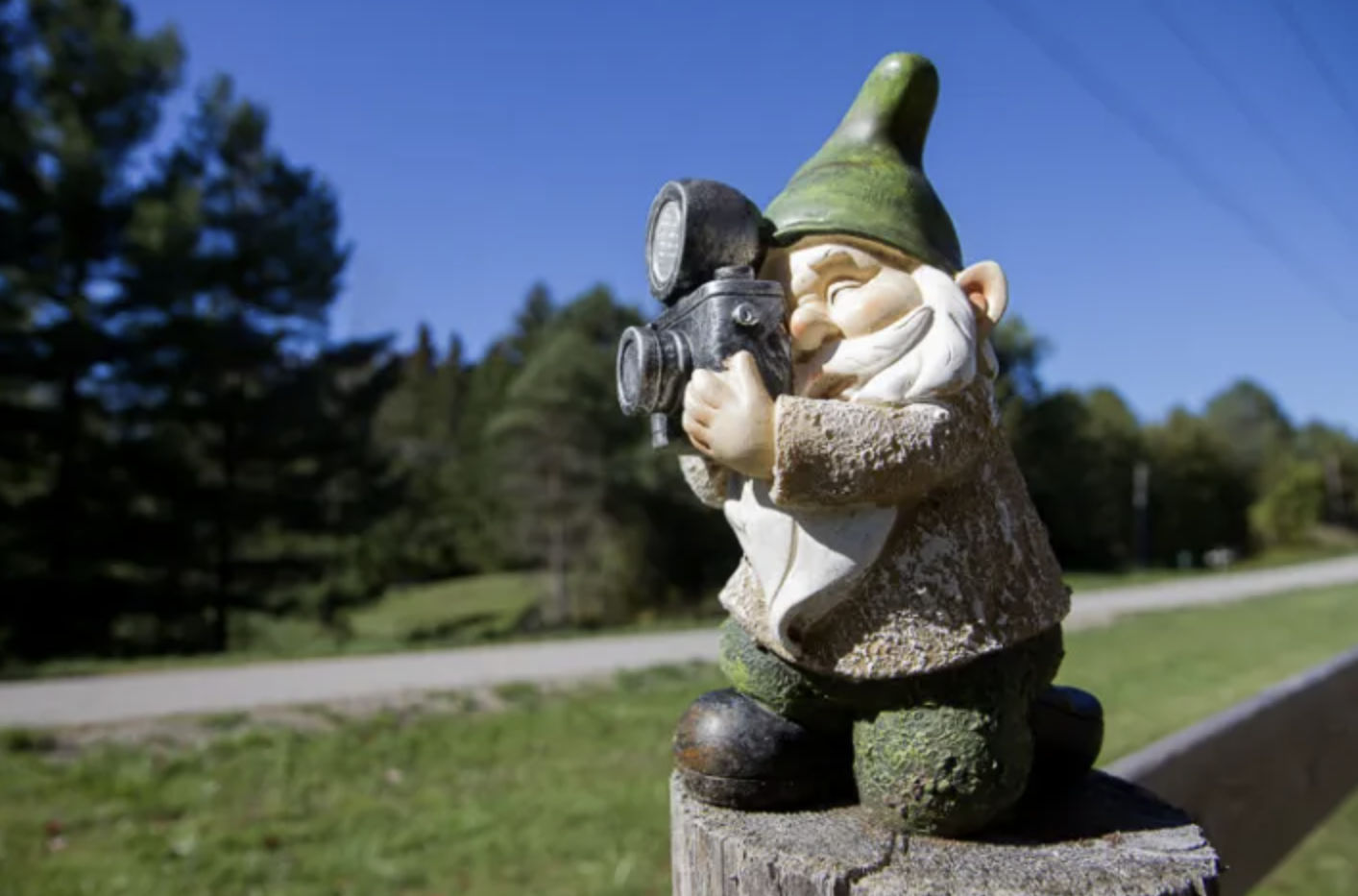
When you think of iconic landmarks like Stonehenge, the first thought that comes to mind is probably how ancient and mysterious it is. But there’s another recurring theme when people reflect on visiting this remarkable site: the stone circle often seems smaller than expected. If you’ve seen Stonehenge in photos or been there yourself, you might have had this same impression. Why is that?
The Illusion of Size: Why We Misjudge Monuments
One reason we perceive Stonehenge as smaller than it truly is comes from the lack of contextual reference in most photographs. Typically, images of Stonehenge are taken with no obvious reference point, making it harder for us to gauge the true size of the stones. Without nearby objects or people, our eyes have little to work with when it comes to size comparison.
Contrast this with other well-known landmarks like St. Paul’s Cathedral in London. The cathedral stands amid the bustling city, surrounded by buildings, roads, and people. This urban setting provides plenty of cues to its size. In photos, the cathedral’s dome rises above nearby structures, while street-level images often show people, cars, and buses, further emphasizing its vast scale. When you visit, there’s no surprise about its grandeur because the context of the surrounding environment helps your mind grasp its true dimensions.
Why Context is Key
Let’s shift from British landmarks to another example: icebergs. Like Stonehenge, icebergs can often seem either enormous or deceptively small depending on how they’re photographed. Typically, iceberg images show them isolated against a sea or mountain backdrop, which doesn’t give us any sense of scale. We know most of the iceberg lies beneath the water, but without a point of reference, it’s hard to visualize how tall it is above the surface.
Now, consider an image of a cruise ship next to an iceberg. The ship, though small compared to massive vessels in the Caribbean, provides us with a sense of scale. The people on deck give us an even clearer indication of the iceberg’s size. We instinctively know the height of an average person—roughly 5 to 6 feet tall—so we can deduce the iceberg’s height from that. This human reference is something our brains are naturally wired to understand.
How to Convey Scale in Your Photos
When shooting in the great outdoors, conveying a sense of scale becomes essential. In urban photography, it’s easier because buildings, roads, and people provide clear size references. But when you’re out in nature, it’s a bit trickier, especially in landscapes and seascapes. So how do you show scale in these kinds of shots?
Using Human Elements for Scale
One effective way to showcase size in outdoor photography is by incorporating people into the frame. However, this isn’t always possible. What if you’re shooting a stunning landscape without anyone around? In cases like this, the surrounding environment can help.
Take, for instance, images of tall cliffs or mountains. Without anything nearby to compare them to, it’s hard to judge their true height. But in a photo where people are positioned at the bottom of the cliffs, the scale becomes much clearer. Just like with the iceberg and the cruise ship, the people’s height becomes a natural point of comparison, allowing us to understand the vast scale of the cliffs.
Nature’s Own Scale References
In the absence of people or man-made objects, nature provides its own clues to size. Trees are a perfect example. While we may not know exactly how tall a particular tree is, we have a general understanding of its size based on experience. When placed in a landscape shot, trees can help give a sense of scale to the surroundings.
Flora and fauna can also work wonders. Flowers, for instance, can highlight the scale of a distant mountain or forest when used in the foreground. Similarly, animals in a landscape can instantly convey size because we instinctively know how large or small they are in relation to their environment.
Look for Scale in Every Scene
The next time you’re out capturing the beauty of nature, take a moment to consider whether the image truly conveys a sense of scale. If it doesn’t, think about what elements in the scene could help bring that scale into focus. Whether it’s the size of a tree, the presence of animals, or simply the positioning of objects within the frame, scale is a crucial part of making your photo resonate with viewers.
Scale is fundamental to our understanding of the world around us. Without it, our brains struggle to comprehend what we’re looking at. In photography, an image with no clear scale will always lack the impact of one that effectively uses size references. So next time you’re out in nature, keep an eye out for the subtle cues that can help your photos tell a more powerful, relatable story.





